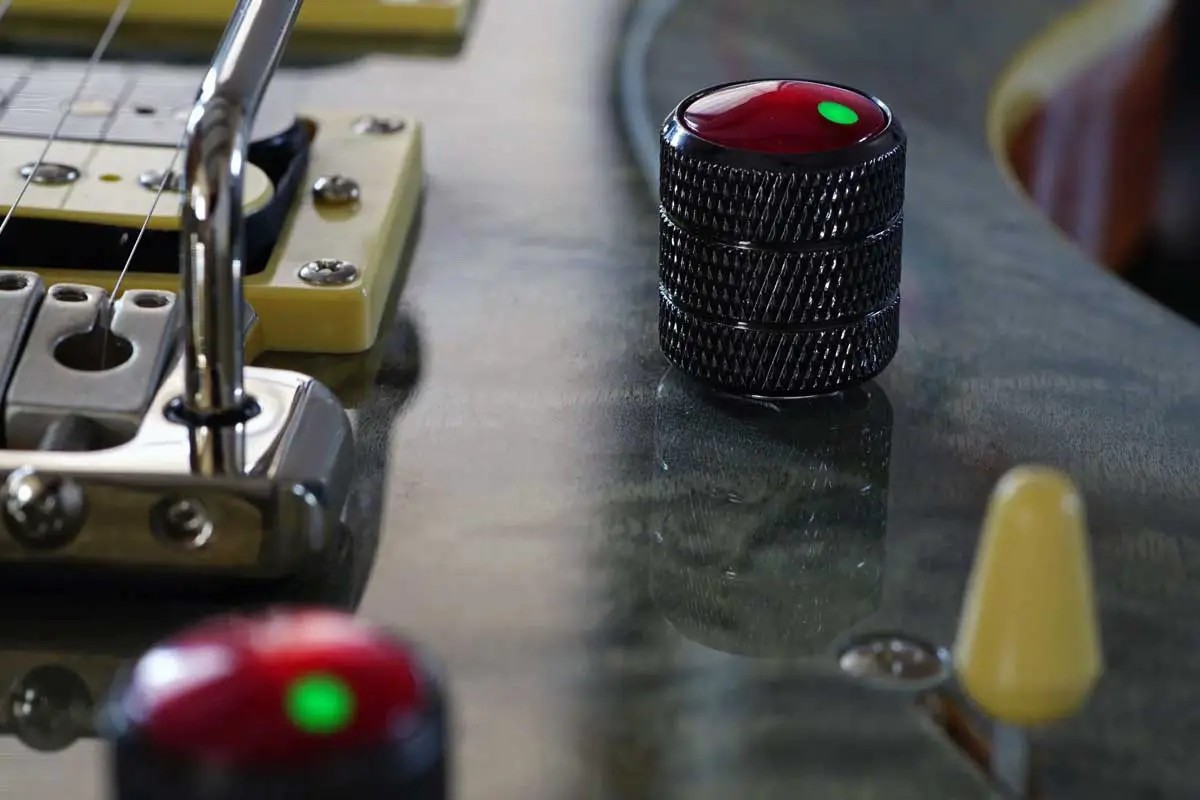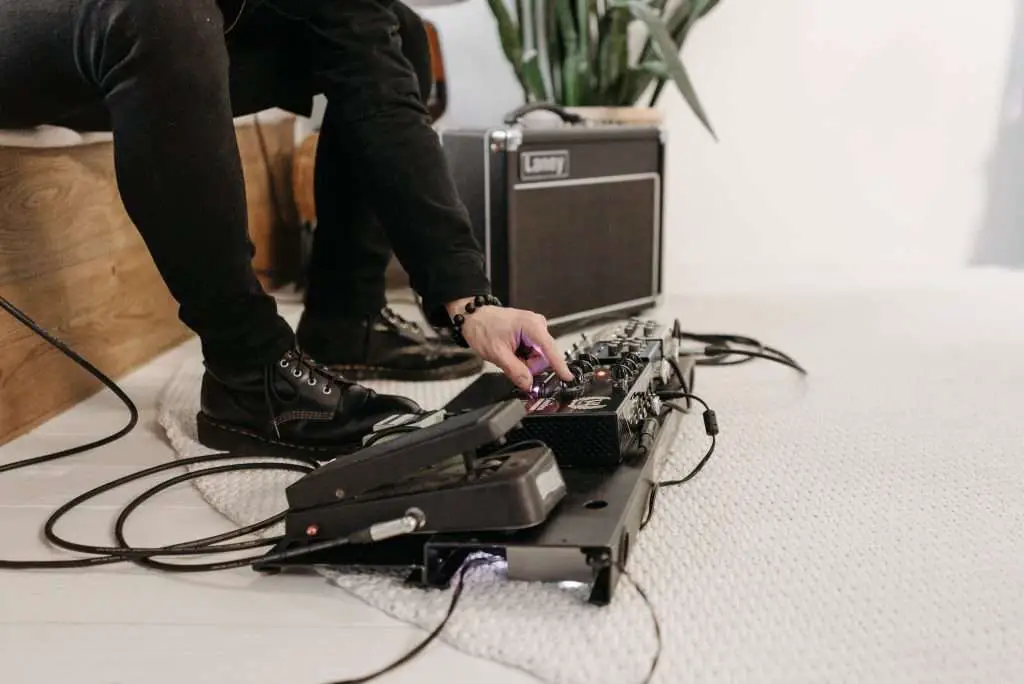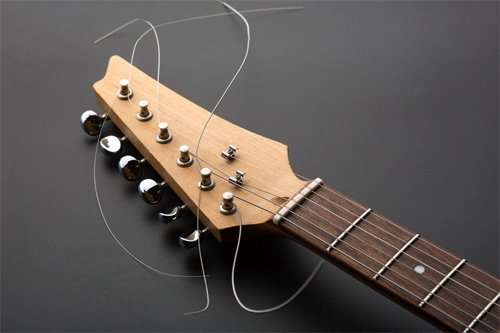Electric guitars offer an array of tone and volume controls that provide you with the power to shape your sound. With these controls, you can adjust your guitar’s voice to suit different musical contexts or to express your unique artistic vision. Understanding how to use them effectively is essential for any guitarist looking to take full advantage of their instrument’s capabilities. The tone control modifies the guitar’s timbre by rolling off the treble frequencies, which results in a warmer sound when turned down, or a brighter, more piercing sound when turned up.
Volume controls, on the other hand, manage the output level of your guitar, enabling you to match your playing with the dynamics of a band or the desired intensity of a solo performance. They also interact with your amplifier and effects to achieve a range of sonic textures, from clean and clear notes at lower volumes to rich, overdriven tones when dialed higher. Mastery of these controls enhances your musical expression, allowing for seamless transitions from soft to loud, or mellow to bright, enhancing the emotional impact of your performance.

Understanding Guitar Controls
Guitar controls are integral in shaping the sound of your electric guitar, allowing you to manipulate volume, tone, and the way your signal is processed. With this knowledge, you can effectively use your instrument to produce a wide range of sounds.
The Role of Volume and Tone Knobs
Your electric guitar typically features volume controls and tone controls in the form of knobs. The volume knob adjusts the overall amplitude and dynamics of the signal output, directly influencing how loud your guitar sounds through an amplifier. In contrast, the tone knob shapes the sound’s color by tweaking the frequency spectrum, often rolling off higher frequencies for a warmer sound or allowing them through for increased brightness.
Switches and Selector Options
Next to the volume and tone controls, you’ll find various switches which give you even greater control over your electric guitar’s sound. The pickup selector switch is fundamental, enabling you to choose which pickups—be it a humbucker or single-coil—are active. Some guitars also come with a kill switch, allowing you to cut the signal entirely for staccato effects.
Sound Shaping with Pickups and Electronics
The pickups and associated electronics in your electric guitar convert string vibrations into an electrical signal that can be sculpted into your desired tone. Humbucker pickups tend to offer a thick, warm sound, while single-coil pickups are known for their bright, crisp character. Features like coil splitting can further modify a humbucker’s output, emulating a single-coil pickup’s tone. Components like resistors and potentiometers within your guitar’s circuitry play a critical role in managing the tone and volume.
Related: How To Clean Your Potentiometers
Optimizing Guitar Tone and Volume Controls
To achieve a perfectly balanced and responsive guitar sound, meticulous tweaking of your tone and volume controls is essential. Understanding how these adjustments affect your sound will allow you to sculpt a tone that stands out in the mix with clarity and presence.
Adjusting EQ for Clarity and Presence
Treble Control: To bring out clarity and articulate high-end detail, especially in lead playing, adjust the treble control on your guitar or amplifier. A Fender Stratocaster, for example, with its single-coil pickups, can accentuate sparkling treble frequencies that cut through in a mix. Conversely, dialing back the treble can reduce harshness and create a warmer sound suitable for rhythm playing.
Bass and Midrange Control: Balance your sound by manipulating the bass frequencies and midrange control. Too much bass can make your tone muddy, especially when playing complex chords or riffs. Instruments like the Gibson SG feature humbucking pickups that produce a fuller, bass-heavy sound, ideal for heavy rhythm sections. Adjust the midrange to ensure your guitar sits well within the full band context without overpowering other instruments.
Presence: Many amplifiers, like those from Marshall, include a presence knob, which helps to enhance the higher frequency harmonics, making your guitar sound more lively. This is particularly useful when using overdrive pedals to maintain note definition.
Guitar and Amplifier Synergy
Pickup Selection: Your guitar’s pickups vastly influence your tone. The neck pickup offers a thicker, bass-rich sound suited for smooth lead lines. The middle pickup is often favored for clean, bell-like tones in genres like country music. A bridge pickup, found on models like the Ibanez or PRS, accentuates mid to treble frequencies, making it the go-to for bright and cutting lead work.
Volume Swell: Utilize a volume swell technique by gradually rolling up the volume control on your guitar to create a violin-like effect that can add an expressive quality to your playing. The quality of your guitar cable can also affect your sound, so choose one that preserves the full frequency range of your guitar’s output without loss of amplitude.
Amplifier Settings: To complement the sonic character of your guitar, set your amplifier’s EQ appropriately. An amplifier with robust EQ controls will help you achieve the right balance. Dialing in the right amplitude and frequency response is crucial, whether you’re using a rich and warm Gibson Les Paul or a bright and snappy Fender Jaguar.





